Technological Innovations
Technological innovations play a crucial role in shaping the Food Beverage Processing Equipment Market. The advent of automation, artificial intelligence, and Internet of Things (IoT) technologies is revolutionizing food processing operations. These advancements enable manufacturers to optimize production efficiency, reduce waste, and enhance product quality. For instance, the integration of smart sensors in processing equipment allows for real-time monitoring and adjustments, leading to improved operational performance. As companies increasingly adopt these technologies, the Food Beverage Processing Equipment Market is poised for substantial growth, driven by the need for enhanced productivity and competitiveness.
Evolving Consumer Preferences
Evolving consumer preferences are a key driver of the Food Beverage Processing Equipment Market. As consumers become more health-conscious and demand diverse food options, manufacturers are compelled to adapt their processing methods. This shift often requires the adoption of specialized equipment capable of producing a wider range of products, including organic and plant-based foods. Market analysis indicates that the demand for such products is on the rise, leading to increased investments in processing technologies. Consequently, the Food Beverage Processing Equipment Market is likely to experience growth as companies respond to these changing consumer demands.
Health and Safety Regulations
Stringent health and safety regulations are increasingly influencing the Food Beverage Processing Equipment Market. Governments and regulatory bodies are enforcing stricter guidelines to ensure food safety, which compels manufacturers to upgrade their processing equipment. Compliance with these regulations often requires investment in advanced technologies that enhance hygiene and reduce contamination risks. The market for food processing equipment is expected to expand as companies prioritize compliance and consumer safety. This trend indicates a potential increase in demand for equipment that meets these evolving standards, thereby driving growth in the Food Beverage Processing Equipment Market.
Rising Demand for Processed Foods
The increasing demand for processed foods is a primary driver of the Food Beverage Processing Equipment Market. As consumers seek convenience and longer shelf life, manufacturers are compelled to invest in advanced processing equipment. According to recent data, the processed food sector is projected to grow at a compound annual growth rate of approximately 6% over the next five years. This trend necessitates the adoption of innovative processing technologies, which in turn fuels the demand for specialized equipment. The Food Beverage Processing Equipment Market is thus likely to witness significant growth as companies strive to meet consumer expectations for quality and efficiency.
Sustainability and Eco-Friendly Practices
The growing emphasis on sustainability and eco-friendly practices is significantly impacting the Food Beverage Processing Equipment Market. Consumers are becoming more environmentally conscious, prompting manufacturers to adopt sustainable processing methods. This shift often involves investing in energy-efficient equipment and reducing waste during production. According to industry reports, the market for sustainable food processing equipment is expected to grow as companies seek to align with consumer values and regulatory expectations. This trend not only enhances brand reputation but also drives innovation within the Food Beverage Processing Equipment Market, as businesses strive to implement greener practices.


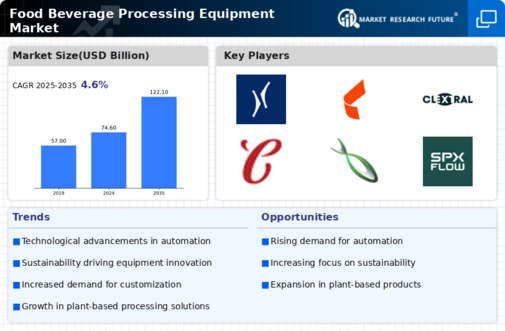
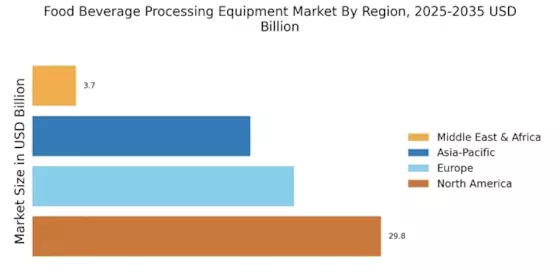

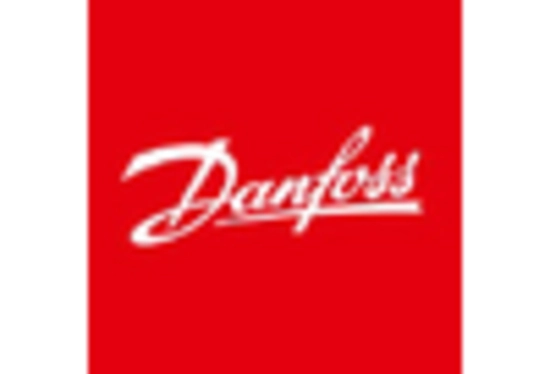
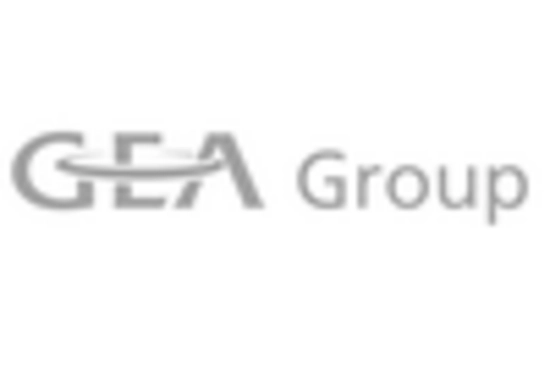
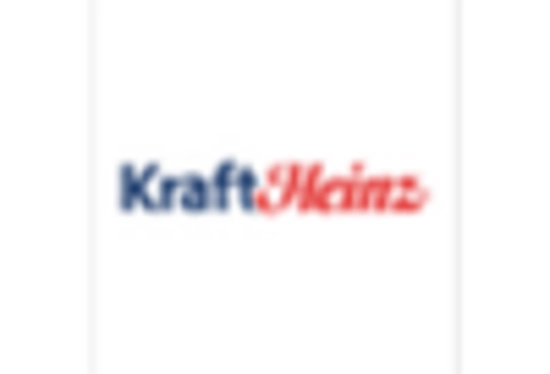










Leave a Comment